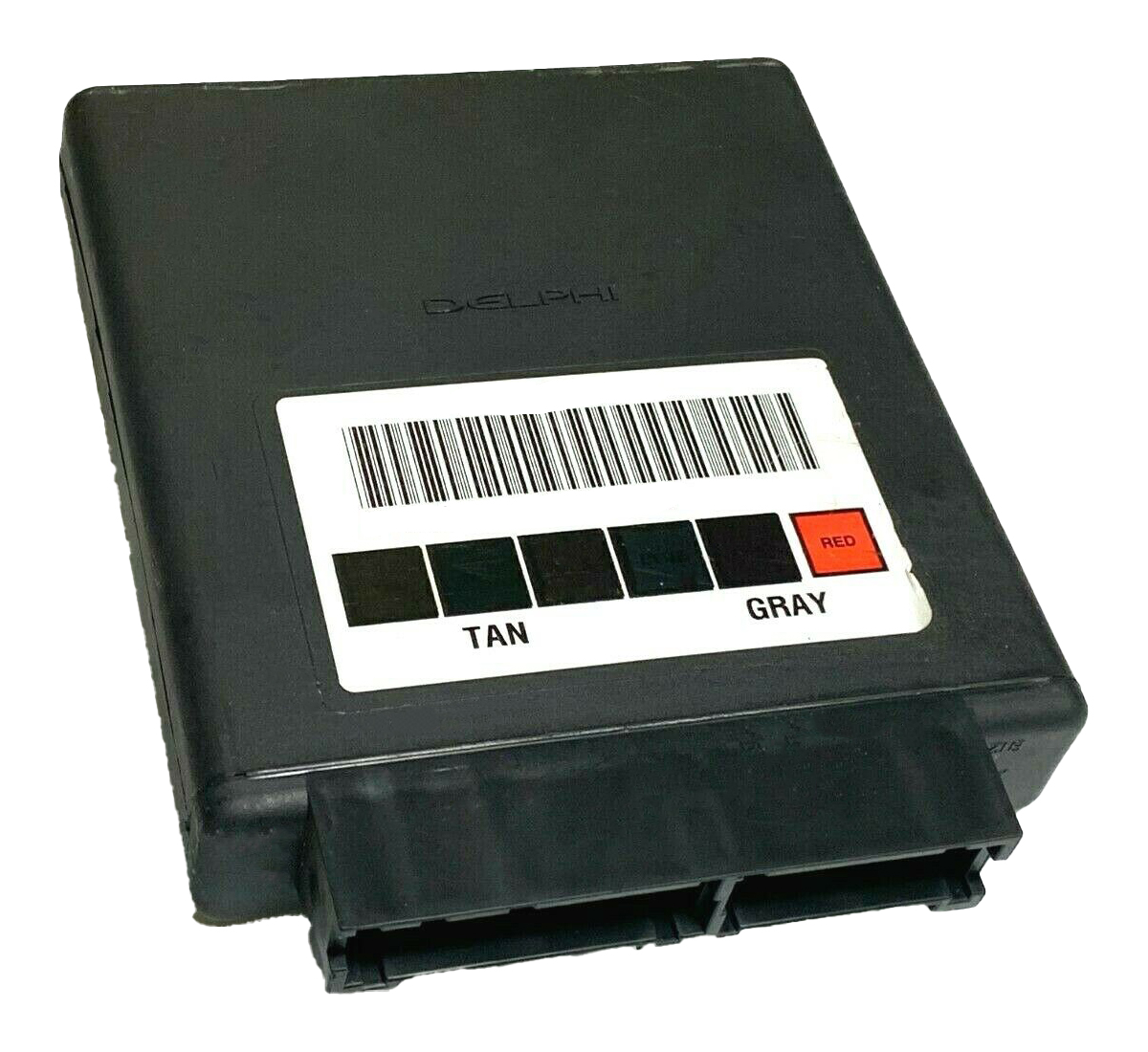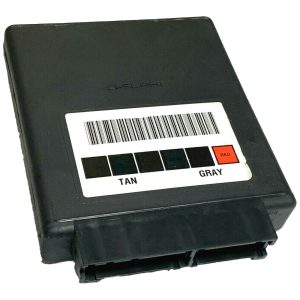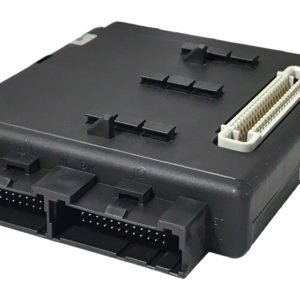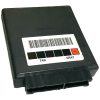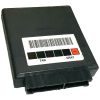Restore Full Functionality to Your GM SUV
As a technician with over two decades of experience under the hood, I’ve seen countless GM SUVs like the GMC Envoy, Trailblazer, and Bravada come into the shop with baffling electrical problems. One minute the power windows work, the next they don’t. The radio might shut off randomly, or you’re dealing with a persistent battery drain that leaves you stranded. More often than not, the culprit is a failing Body Control Module (BCM). This isn’t just an inconvenience; it’s a critical failure that can affect your vehicle’s safety and reliability.
The BCM is the central command center for your vehicle’s body electronics. It manages everything from your interior lights and power locks to the instrument cluster and security system. When it starts to fail, it sends confusing signals, leading to the frustrating and unpredictable issues you’re likely experiencing. Instead of spending a fortune at the dealership for diagnostics and programming, we offer a direct, reliable solution. This is a replacement 2002-2005 Envoy XL BCM that arrives at your door pre-programmed for your specific vehicle.
From the Diagnostic Bay: The Case of the Ghostly Trailblazer
I remember a 2004 Trailblazer that had its owner completely stumped. The battery would die overnight, the dash lights flickered like a haunted house, and the power door locks had a mind of their own. The owner had already replaced the battery and alternator to no avail. After a quick scan, I saw multiple communication error codes (U-codes) pointing to the BCM. The internal relays were failing, causing components to stay active even when the key was off. We swapped in a VIN-programmed BCM, and just like that, the electrical ghosts were gone. This part saves hours of diagnostic guesswork and provides a permanent fix.
Is Your GM SUV Showing These Symptoms?
A failing BCM can manifest in numerous ways. If you’re noticing any of the following, it’s a strong indicator that your Body Control Module needs replacement. Common diagnostic trouble codes (DTCs) associated with BCM failure often include communication errors like U0140, U0155, or specific B-codes related to body circuits.
- ✔ Power windows, mirrors, or door locks operating intermittently or not at all.
- ✔ Instrument panel gauges behaving erratically or going dark.
- ✔ Interior or exterior lights not working correctly (e.g., staying on or not turning on).
- ✔ Unexplained battery drain that kills your battery overnight.
- ✔ The security or anti-theft system preventing the vehicle from starting.
- ✔ Radio or climate control malfunctions.
Your Straightforward Installation Guide
Installing your new 2002-2005 Envoy XL BCM is a manageable job for a confident DIYer. Our VIN-programming service handles the most complex part, so you can focus on the physical swap. Just provide your VIN at checkout, and we’ll handle the rest.
- Safety First: Always disconnect the negative terminal from your vehicle’s battery before working on any electronic components.
- Locate the BCM: On most of these GM SUVs (Envoy, Trailblazer, Rainier), the BCM is integrated with or located next to the interior fuse box, typically under the driver’s side of the dashboard or under the rear seat. For the Envoy XUV, it may be under the rear floor panel.
- Disconnect and Remove: Carefully unplug the wiring harness connectors from the old BCM. Note their orientation. Then, unbolt or unclip the module from its mounting bracket.
- Install the New BCM: Mount your new, pre-programmed BCM in place and securely reconnect all the wiring harnesses. Ensure they click into place.
- Reconnect Battery: Reattach the negative battery terminal.
- Test Functions: Start the vehicle and test all body functions—windows, locks, lights, radio, and gauges—to confirm the repair.
Important Post-Installation Notes
While our programming covers the core functions, some vehicle systems may require a ‘handshake’ with the new BCM. If you see an airbag warning light, a professional scan tool is needed to perform the “Setup SDM Primary Key in BCM” procedure. Similarly, some models may require a Brake Pedal Position sensor relearn for proper traction control and brake light operation. These are standard procedures for any BCM replacement. Best of all, there is no core charge, so you can keep your old part.
Verified Vehicle Compatibility
This module is a direct replacement for part numbers 15122670, 15065293, 15114669, 15191621, and 9352135. It is guaranteed to fit the following models:
- 2002-2005 GMC Envoy, Envoy XL, Envoy XUV
- 2002-2005 Chevrolet Trailblazer & Trailblazer EXT
- 2002-2004 Oldsmobile Bravada
- 2003-2005 Isuzu Ascender
- 2004-2005 Buick Rainier
- 2005 Saab 9-7X
Note: Please check the fitment details for specific options, such as models with or without a factory security system. This module is for vehicles without the security system option for most 2003-2005 models.
Frequently Asked Questions
How does the VIN programming work?
After you place your order, you’ll need to provide us with your vehicle’s 17-digit VIN. We use this to load the correct, factory-approved software and calibrations for your specific vehicle into the BCM before we ship it. This ensures it works correctly right out of the box.
Do I need to send my old BCM back?
No. This product has no core charge. You can keep, recycle, or dispose of your original module without any extra fees or hassle.
Will this fix my ‘Service 4WD’ light?
While the BCM communicates with many systems, a ‘Service 4WD’ light is more commonly caused by the Transfer Case Control Module (TCCM) or the encoder motor on these GM platforms. It’s best to have the codes scanned to pinpoint the exact cause before ordering.
What tools do I need for the extra procedures like the airbag sync?
The Airbag System Sync and Brake Pedal Position Relearn require a professional-grade bidirectional scan tool, such as a GM Tech 2, Snap-on, or Autel scanner. Most local repair shops have this equipment if it becomes necessary.
Is this a guaranteed fix for my electrical problems?
This part is the solution for failures within the BCM itself, which cause the vast majority of the symptoms listed. However, proper vehicle diagnosis is key. You should always rule out bad wiring, grounds, or fuses before replacing any module.
